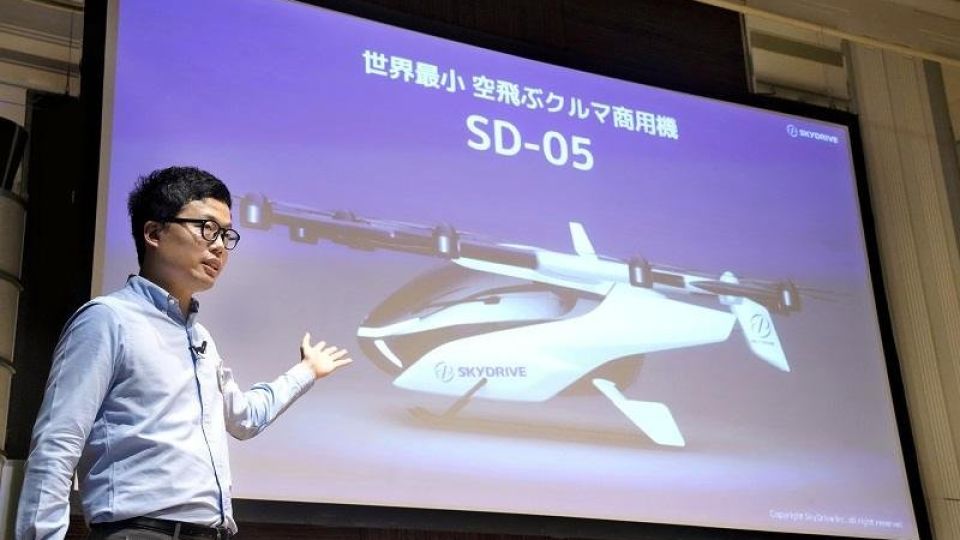December 29, 2022
TOKYO – An outline of the operational and safety systems for so-called flying cars has been released by the transport ministry, including the establishment of a pilot licensing system and the introduction of black boxes to record flight data.
The Land, Infrastructure, Transport and Tourism Ministry officially unveiled the outline on Tuesday. It is unusual for the government to announce such an outline before the formal endorsement of relevant systems — this is likely an attempt to encourage business operators and local governments to make the necessary preparations.
Flying cars are currently being developed by the public and private sectors for introduction at the Osaka-Kansai Expo in 2025.
The government will establish a new pilot’s license for flying cars, equivalent to an automobile license, as only manned flights will initially be allowed. It will also introduce a license for the mechanics of flying cars.
Whether to require flying cars to have black boxes will be considered, as they would be an essential device for the smooth investigation of accidents and other problems.
Flying cars will be required to have location-information transmitters using GPS, to make it possible to regularly track their location. Vertiports, or takeoff and landing sites for flying cars, should basically be square-shaped, measuring twice the longest dimension of a flying car, including the propellers.
The ministry will draw up the systems and officially announce them by the end of next fiscal year.
The Japan Association for the 2025 World Exposition, the operator of the expo, on Tuesday began accepting applications from businesses that want to operate flying-car services between Kansai Airport and the expo’s venue.
Flying cars are one of the highlights of the event, so providing the service there is seen as a good opportunity for many businesses to promote their operations both at home and abroad.
In October last year, Aichi Prefecture-based startup SkyDrive Inc. became the first company in Japan to apply for the “type certification” needed for the mass production of flying cars. The company said it is preparing to operate vehicles at the expo.
Japanese and foreign companies are also cooperating in this field. ANA Holdings Inc. formed a business tie-up with U.S. firm Joby Aviation Inc., which is backed by Toyota Motor Corp. and other companies, for flying-car operations in Japan.
Japan Airlines Co. is likewise aiming to launch such operations in the country, using vehicles developed by German company Volocopter GmbH, in which it is an investor.
Momentum is growing toward actually putting flying cars in the air, through cooperation between the public and private sectors, but adequate safety measures are essential because an accident involving such vehicles would have serious repercussions. The understanding of people living in areas around flight routes must also be obtained.

